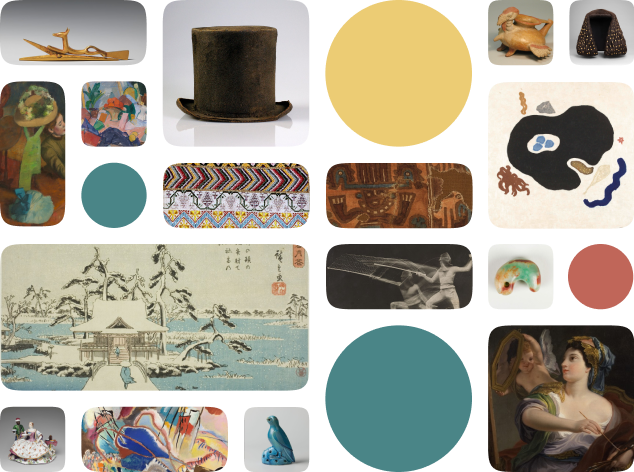Sarcophagus for a Cat Mummy
Creator Name
--
Cultural Context
--
Date
Source
About the Work
Brooklyn Museum Object Description
Rectangular painted limestone coffin (a), missing lid.
Mummies of animals, the most numerous type of artifact from ancient Egypt, number in the millions. The animals mummified represented a god or goddess, such as the cat belonging to the goddess Bastet or the ibis belonging to the god Thoth. Some animal mummies contained a papyrus with a request to the god written on it. Animals were mummified using the same techniques as with humans.
Mummies of animals, the most numerous type of artifact from ancient Egypt, number in the millions. The animals mummified represented a god or goddess, such as the cat belonging to the goddess Bastet or the ibis belonging to the god Thoth. Some animal mummies contained a papyrus with a request to the god written on it. Animals were mummified using the same techniques as with humans.
Work details
"--" = no data available
Title
Creator
--
Worktype
Cultural Context
--
Material
Dimensions
Technique
--
Language
--
Date
Provenance
Style Period
--
Rights
Inscription
--
Location
Source
Subjects
--
Topic
--
Related Content
--
All Works in Curationist’s archives can be reproduced and used freely. How to attribute this Work:
Sarcophagus for a Cat Mummy, 305 B.C.E.–1st century C.E., Ptolemaic Period to early Roman Period, Brooklyn Museum. Creative Commons-BY.
Help us improve this content!
Let our archivists know if you have something to add.
Save this work.
Start an account to add this work to your personal curated collection.
